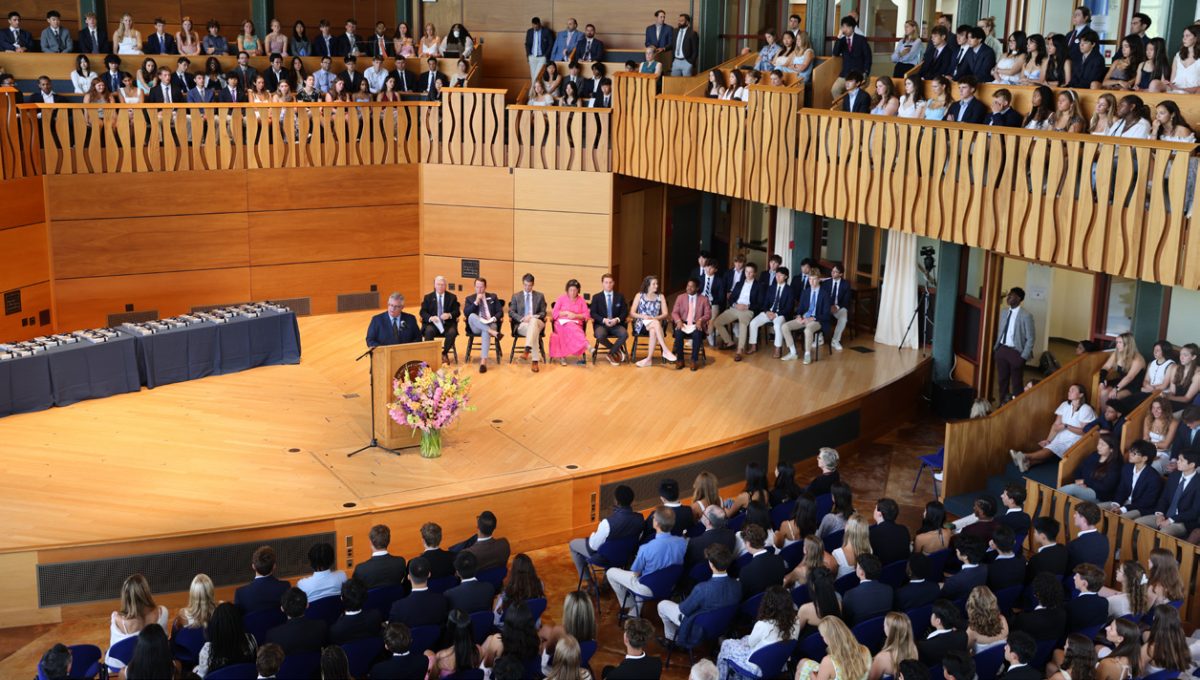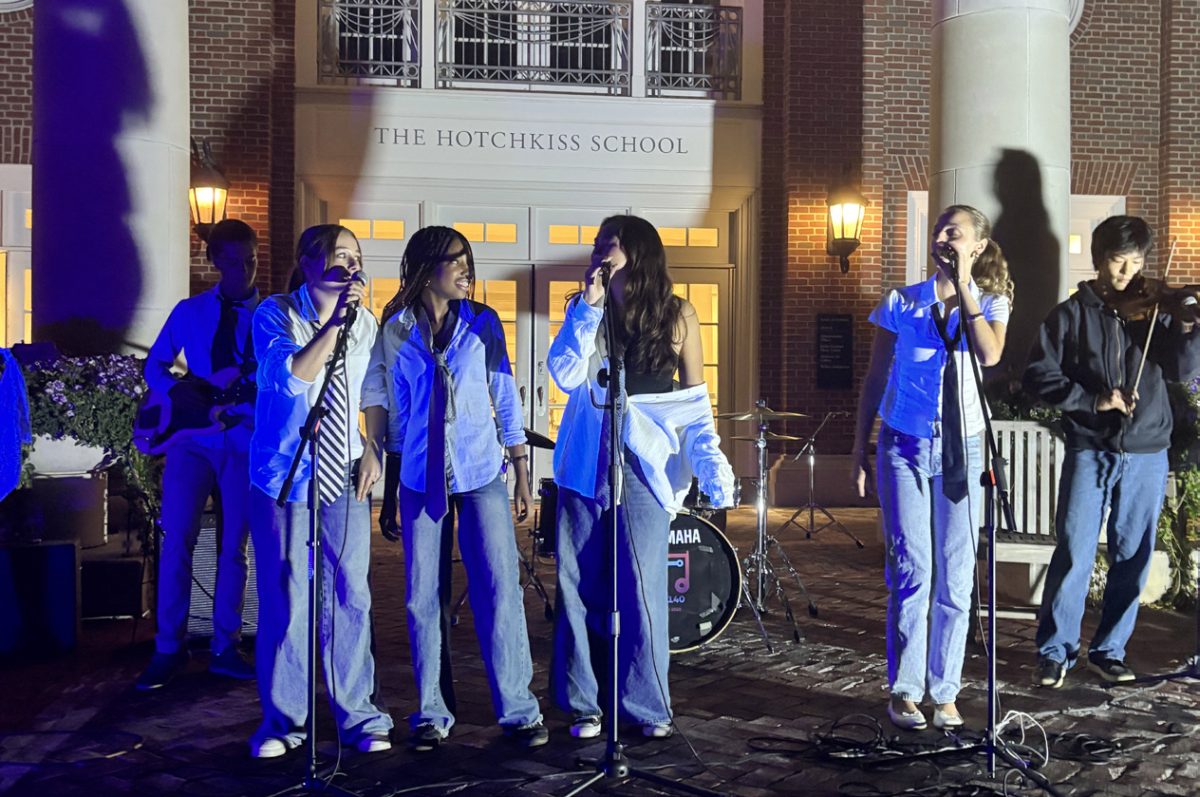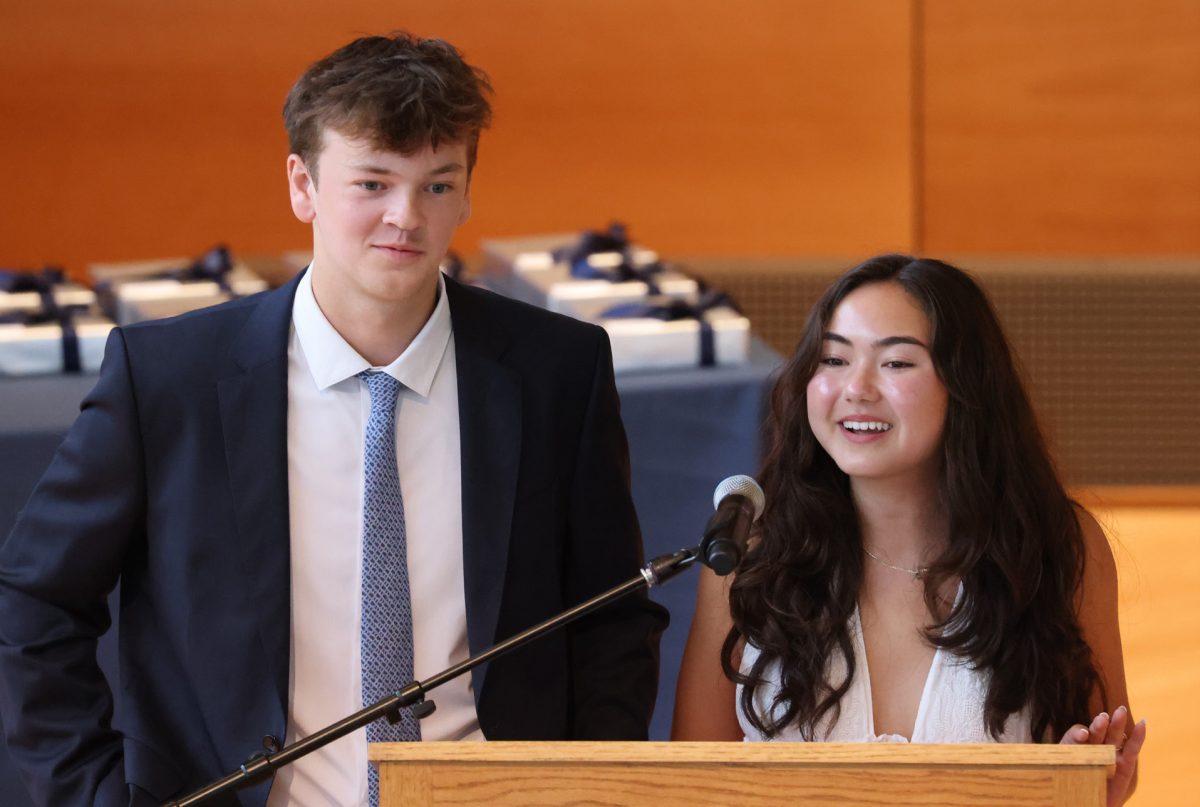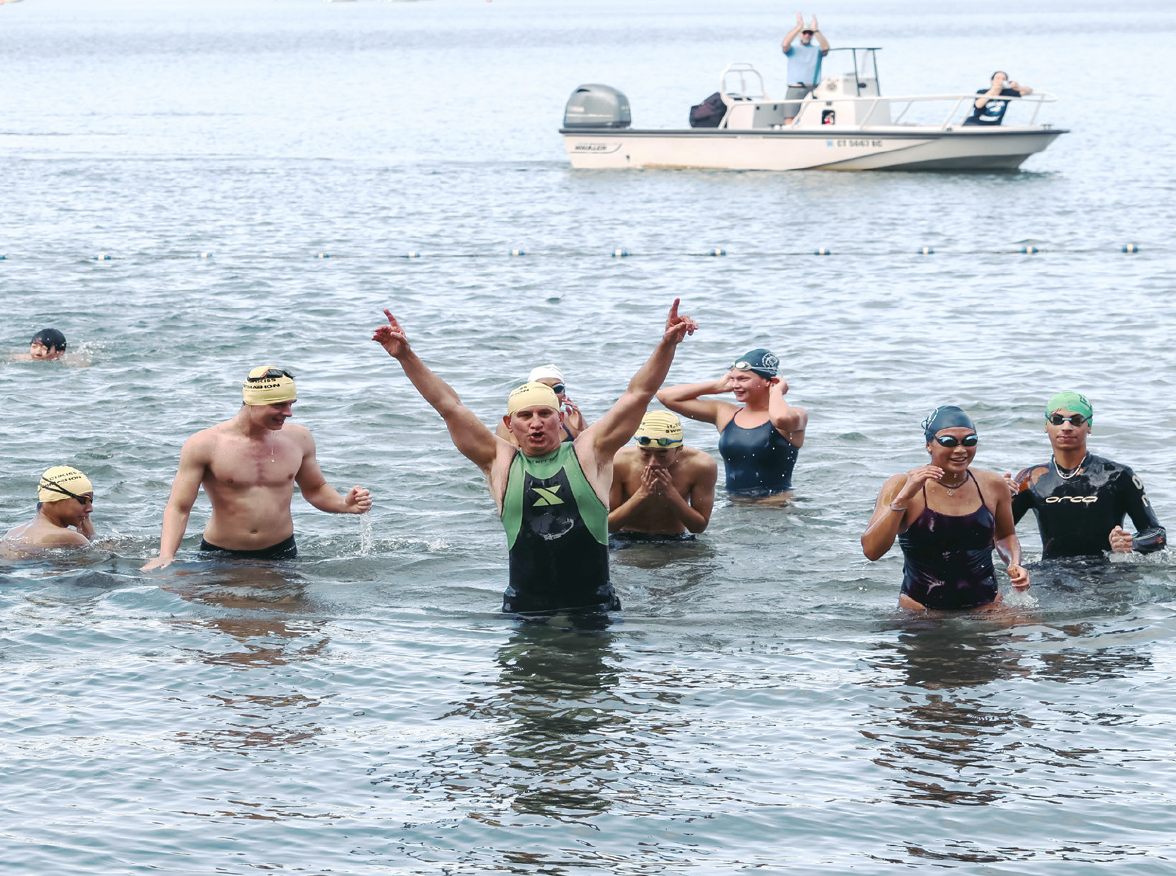This year, the school welcomed 627 Bearcats to campus—adding 15 students to last year’s total enrollment.
The Admissions Office intentionally accepts more than its target enrollment number, since not all admitted students will enroll. “You don’t just accept 150 students in a class. You need to accept some number beyond that. In some years, we’ve accepted 200, hoping for 150, and 175 students came. It’s not like we messed up. This year, we were very attractive, and more students came than we thought would come, and we can deal with it,” said Mr. Richard Davis, dean of academic life.
A variety of factors also affect the choice to aim for higher enrollment. “Some of [the enrollment increase] is budgetary, because we need a certain amount of tuition every year,” said Mr. Davis.
According to Mr. Davis, overall enrollment has remained relatively stable over the past two decades. “The school size ranges between about 590 and 620 students.”
The Record’s past issues show that school size was 621 in 2022. School profiles from the college office records a total enrollment of 604 students in 2018-2019 and 617 in 2017-2018. For instance, there were 130 Preps in the 2019-20 school year compared with 119 Preps in 2020-21.
In recent years, total enrollment has leaned slightly toward girls, a shift Associate Dean of Academic Life, Dr. John Hyland described as reflecting broader patterns in education. He said, “Full-time college students are leaning heavily female.” According to Mr. Davis, this imbalance is not by design, since the Office or Admission may admit more boys in an effort to balance classes, but final ratios depend on who ultimately decides to enroll.
Mr. Davis acknowledged that peer prep schools such as Berkshire and Lawrenceville are also experiencing growth in school size. He attributes this trend partly to Covid, saying, “The pandemic pushed more people to private schools. Private schools saw a spike in enrollment during the pandemic year, and even though after the pandemic, it leveled back a little, it did not return to pre-pandemic levels.”
Mr. Davis said, “It’s the [Admission] office’s job to work out school size and build these classes. We have a certain number of beds and desks in dormitories or seats in our auditoriums. But you can probably create a double [room] out of a single. You could probably add extra chairs [to facilities]. There’s always a little bit of wiggle room, and that’s why we can never have a fixed number [of students].”
“Adding extra chairs” is not a hypothetical; for the first time, twelve students are being seated in the Walker Auditorium mezzanine (balcony) during all-school meetings.
On top of housing and seating reconfigurations, the student population increase has an impact on the classroom. Long-time faculty members recall that fifteen years ago, the maximum class size was 12 students. Over the past decade, that number shifted to 14, but this year, multiple classes, especially upper- level electives, surpassed this limit.
Currently, 14% of H&SS courses, 15.7% of math classes, and 50% of science classes now have more than 14 students. While most of these classes have 15 or 16 students, two courses—a Prep physics section and “Honors Further Topics in Physics: Fluids & Thermodynamics”—have 17 students, and two more courses—an honors physics and honors advanced calculus class—have 19. Almost half of the Human Development classes now contain 15 or more students, as well.
Dr. Hyland expressed confidence that the school can accommodate a larger student body and retain its character and strengths. He said, “Growth requires balancing resources to maintain the same level of support. Larger [grades] affect dormitory assignments, classroom space, and scheduling, but I am sure we can make it happen.”
However, some students in large classes feel their experience is suffering. “I am enrolled in ‘Social Psycholgy,’ and the class has 16 students. Our class periods are typically discussions of readings completed for homework. I find the material very interesting, however, it is overwhelming to have so many voices from so many students around the table,” said Alyssa Filmer ’26.






